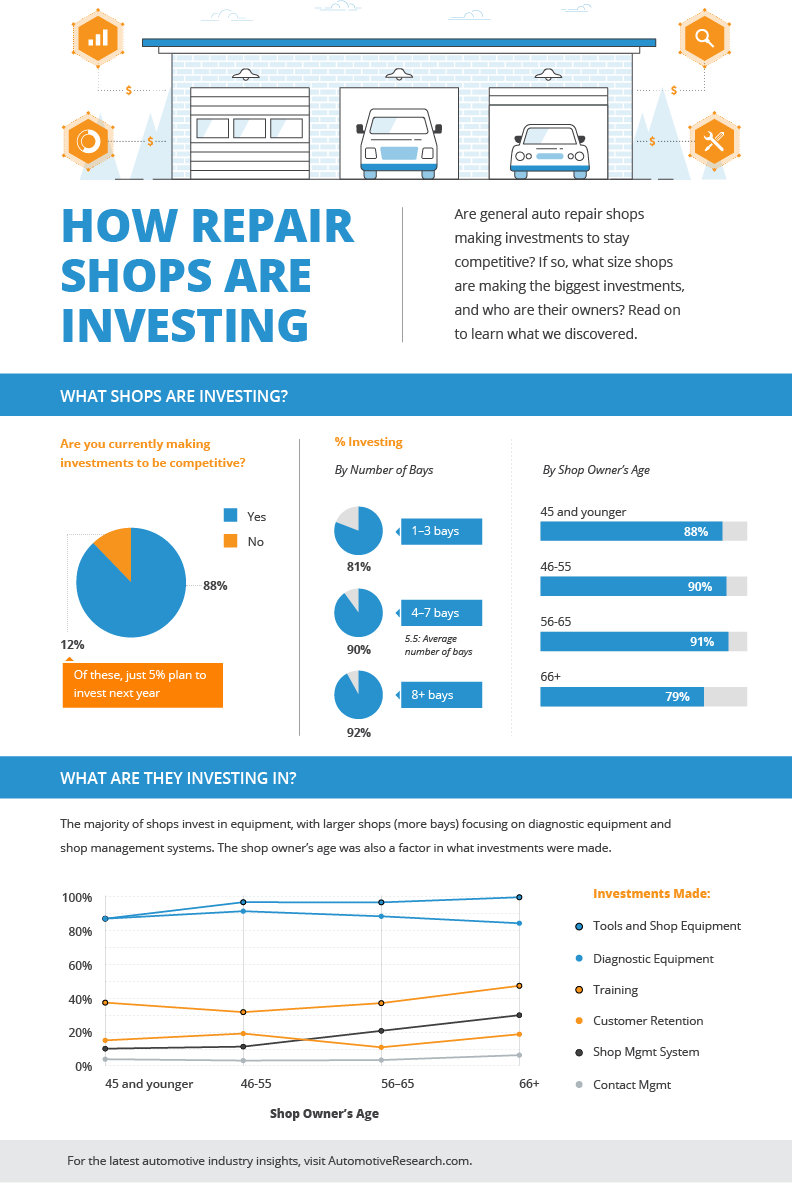Analyzing Your Automobile'S Alert Lighting: Their Real Ramifications
Analyzing Your Automobile'S Alert Lighting: Their Real Ramifications
Blog Article
Post Composed By-Vinson Stark
When you lag the wheel, those glowing warning lights on your control panel can be a bit bewildering. Do you understand what they're trying to inform you about your automobile's wellness? Comprehending the relevance of these lights is vital for your safety and the longevity of your lorry. So, the following time one of those lights pops up, would not you want to decipher its message properly and take the essential steps to resolve it?
Common Caution Lights and Interpretations
Recognize typical warning lights in your automobile and comprehend their significances to make sure risk-free driving.
One of the most normal caution lights include the check engine light, which indicates problems with the engine or exhausts system. If this light begins, it's crucial to have your vehicle inspected without delay.
The oil pressure warning light shows reduced oil stress, calling for immediate attention to prevent engine damages.
A blinking battery light could suggest a faulty charging system, possibly leaving you stranded if not addressed.
The tire pressure surveillance system (TPMS) light alerts you to low tire stress, affecting vehicle stability and gas performance. Disregarding this can result in dangerous driving conditions.
The abdominal muscle light shows a trouble with the anti-lock stopping system, jeopardizing your capacity to stop swiftly in emergencies.
Finally, under car steam cleaning near me cautioning light warns of engine overheating, which can cause severe damage otherwise solved swiftly.
Recognizing these common caution lights will certainly help you resolve problems immediately and maintain secure driving problems.
Value of Prompt Interest
Understanding the common warning lights in your automobile is just the primary step; the relevance of without delay attending to these warnings can't be highlighted enough to ensure your safety when driving.
When a caution light brightens on your dashboard, it's your auto's way of communicating a prospective issue that needs focus. Overlooking these warnings can result in extra serious troubles down the road, jeopardizing your security and possibly costing you a lot more in repairs.
https://knoxvqkfz.tokka-blog.com/31446701/are-you-interested-concerning-the-widespread-misconceptions-surrounding-vehicle-outlining-discover-the-truth-behind-these-misunderstandings-and-understand-the-advantages-of-professional-describing-for-every-single-automobile-proprietor to cautioning lights can prevent break downs and crashes. For instance, a blinking check engine light could show a misfire that, if left ignored, might trigger damages to the catalytic converter. Resolving this promptly can save you from a pricey repair.
Similarly, a brake system advising light may indicate reduced brake fluid or worn brake pads, critical components for your safety when driving.
DIY Troubleshooting Tips
If you notice a caution light on your control panel, there are a few DIY troubleshooting ideas you can try before seeking professional help.
The very first step is to consult your vehicle's guidebook to understand what the details warning light shows. Often the problem can be as basic as a loosened gas cap setting off the check engine light. Tightening up the gas cap may solve the problem.
One more usual issue is a low battery, which can cause different advising lights. Checking the battery links for deterioration and guaranteeing they're safe and secure may take care of the problem.
If a caution light lingers, you can try resetting it by separating the car's battery for a few minutes and then reconnecting it. Furthermore, inspecting your automobile's fluid levels, such as oil, coolant, and brake fluid, can aid repair alerting lights associated with these systems.
Conclusion
In conclusion, comprehending your auto's warning lights is crucial for keeping your automobile running smoothly and safely. By promptly resolving these signals and understanding what they mean, you can prevent expensive fixings and prospective break downs.
Keep in mind to consult your automobile's handbook for specific information on each cautioning light and do something about it accordingly to make certain a trouble-free driving experience.
Remain informed, stay secure when driving!
